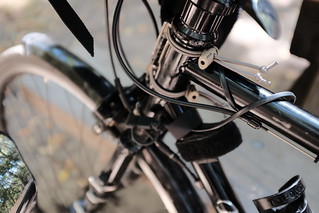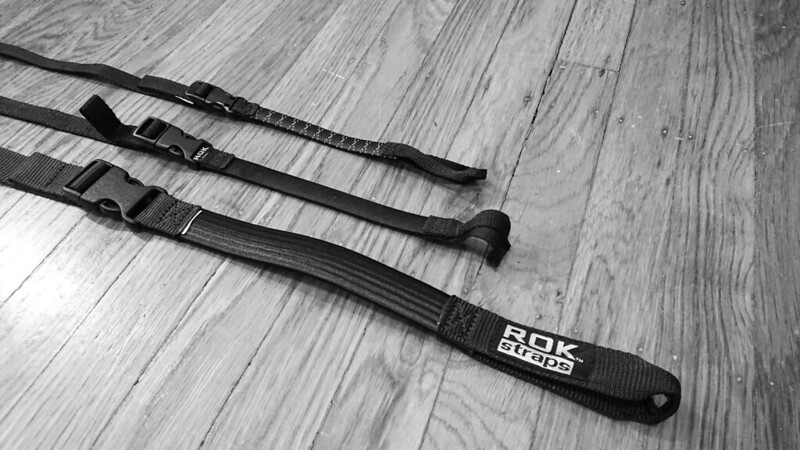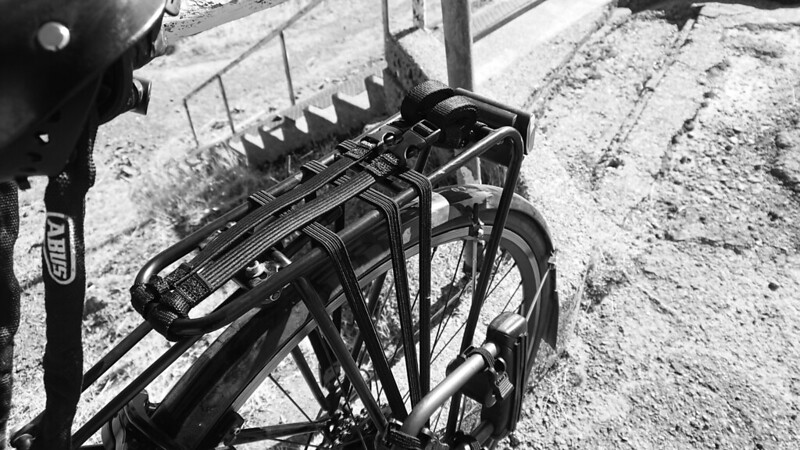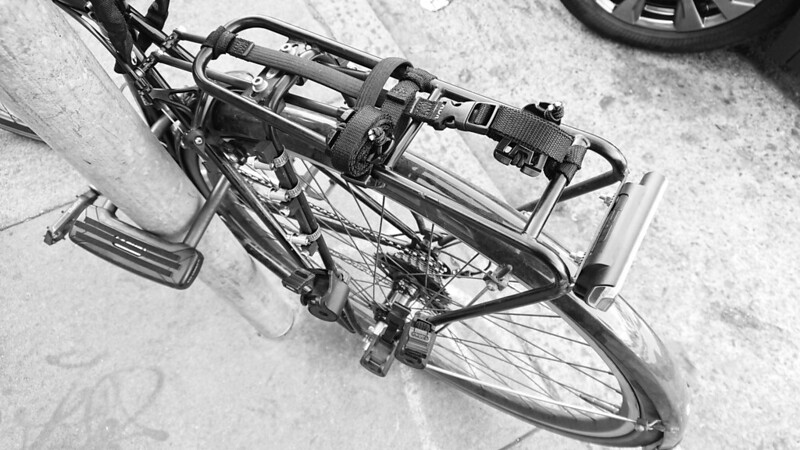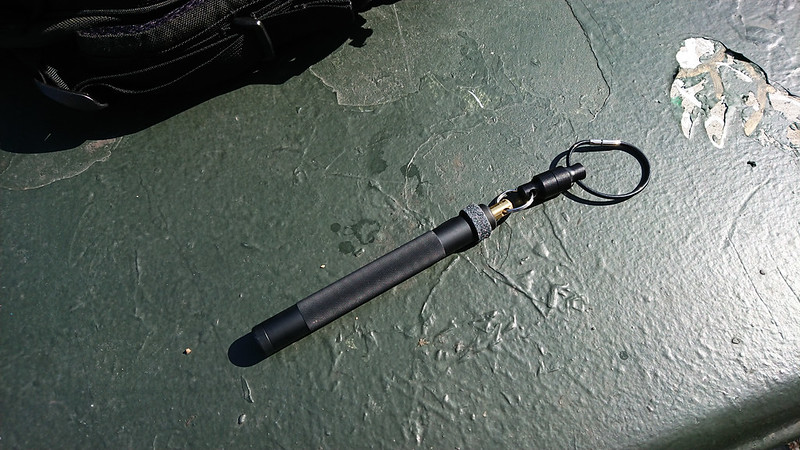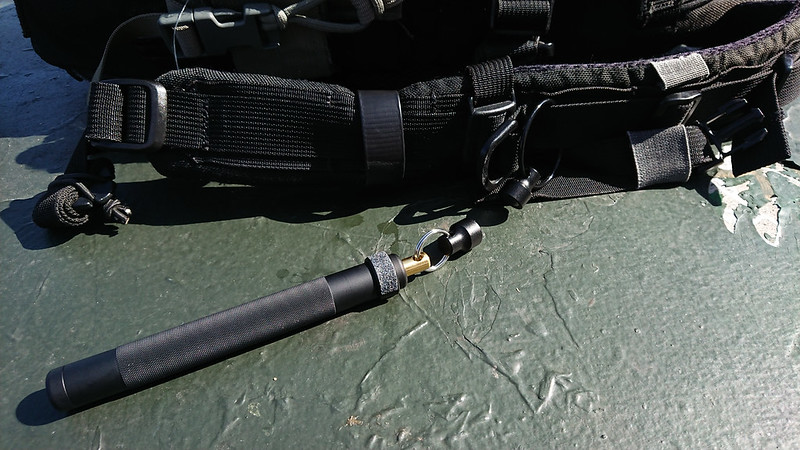Zensah Leg Compression
I purchased a pair of Zensah Compression Leg Sleeves in 2008 after reading about them at MilitaryMorons. This was when minimalist running was beginning to take off – Born to Run was published the following year – and I found that the sleeves ended up being a valuable part of my transition to less supportive footwear.
The story I was sold in various wilderness medicine courses was that compression aided recovery because it constricted the blood vessels, raising the percentage of oxygen delivered to the area, which in turn speeds muscle regrowth. I understand there is some debate about whether this explanation is accurate but, whatever the reason for it, there seems to be no debate that compression aids recovery and performance.
I still use my 12 year old pair of Zensah sleeves. They’re not a piece of equipment I reach for frequently, but they’re invaluable when I do use them. If I’ve been pushing myself on runs – or, in the Before Times, if I had a hard training session at the boxing gym – there’s nothing better than the immediate comfort I get when sliding them on. Because I don’t use them often, sometimes I’ll forgot that they’re buried in the bottom of my sock drawer and I’ll go a couple days with discomfort in my calves that I can’t get out with a roller or massage ball.
Prior to buying the Zensah sleeves, I would occasionally accomplish the same thing with 3M Vetrap. It works, and is worth having around for splinting (the self-adhesive property makes it superior to the classic ACE elastic bandage), but wrapping and getting the tension just-so is more of a hassle than just sliding on the sleeves. Vetrap is also not as comfortable as Zensah’s material, which is both breathable and moisture wicking.

